Home>Gardening & Outdoor>Landscaping Ideas>What Kills Violets But Not Grass
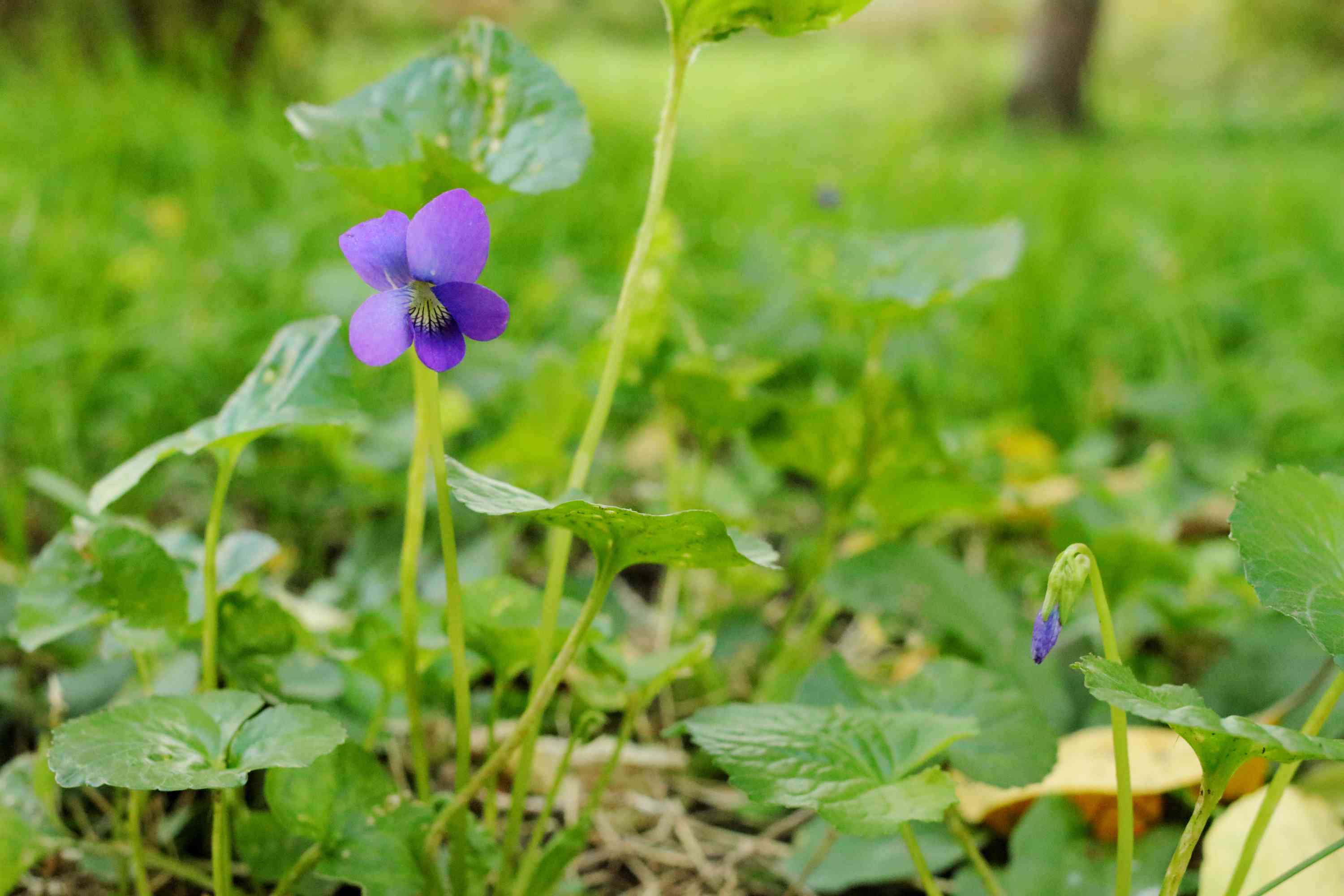

Landscaping Ideas
What Kills Violets But Not Grass
Modified: March 19, 2024
Discover effective landscaping ideas to protect your violets from harm while maintaining a healthy lawn. Explore solutions for preserving your garden's delicate balance.
(Many of the links in this article redirect to a specific reviewed product. Your purchase of these products through affiliate links helps to generate commission for Storables.com, at no extra cost. Learn more)
Introduction
When it comes to maintaining a vibrant and flourishing garden, the ability to discern the unique needs of various plant species is paramount. One common dilemma that gardeners often encounter is the challenge of nurturing delicate violets while simultaneously preventing the overgrowth of resilient grass. This predicament prompts the question: what factors contribute to the thriving of grass and the demise of violets within the same garden space?
The coexistence of violets and grass in a garden presents an intriguing paradox. While both are integral components of a lush and verdant landscape, their distinct characteristics and requirements necessitate individualized care. Violets, with their dainty and vibrant blooms, are renowned for their delicate nature, requiring specific conditions to thrive. On the other hand, grass, with its robust and resilient nature, can proliferate under a broader range of environmental circumstances.
Understanding the intricate interplay of factors that influence the vitality of violets and grass is essential for cultivating a harmonious and visually appealing garden. By delving into the nuances of plant care and the environmental variables that impact their growth, gardeners can gain valuable insights into creating an optimal ecosystem for both violets and grass to coexist harmoniously.
In the subsequent sections, we will explore the distinct care requirements of violets and grass, shedding light on the common culprits behind violet demise and the factors that foster the thriving of grass. By unraveling these intricacies, we aim to equip gardeners with the knowledge and understanding needed to strike a balance that promotes the flourishing of both violets and grass in their garden spaces.
Key Takeaways:
- Delicate violets need shade and consistent watering, while resilient grass thrives in sunlight and well-drained soil. Balancing these needs creates a harmonious garden.
- Protect violets from excessive sunlight and overwatering, while nurturing grass with sunlight and efficient mowing. Strategic care fosters a vibrant garden landscape.
Read more: What Kills Ants In Grass
Understanding the Differences in Plant Care
The care requirements for violets and grass diverge significantly, reflecting their distinct biological characteristics and environmental preferences. Violets, characterized by their delicate, heart-shaped leaves and striking, often fragrant flowers, thrive in shaded, moist environments. These diminutive plants are particularly sensitive to excessive sunlight and require consistently moist soil to flourish. In contrast, grass, with its resilient blades and extensive root systems, is adept at thriving in sun-drenched areas with well-drained soil.
Violets, often cultivated as ornamental plants, necessitate attentive care to maintain their health and vibrancy. Their preference for shaded environments makes them ideal candidates for woodland gardens or areas with partial shade. In contrast, grass, with its robust and adaptable nature, can withstand varying light conditions, making it a ubiquitous feature in lawns and open landscapes.
The differing care requirements of violets and grass extend to their watering needs. Violets, with their shallow root systems, are susceptible to drought and require regular, moderate watering to sustain their growth. Conversely, grass, with its deeper roots, can endure periods of dryness and is more resilient to fluctuations in soil moisture.
Moreover, the nutritional needs of violets and grass diverge, further underscoring the disparities in their care. Violets benefit from a balanced, organic fertilizer to support their delicate growth, while grass thrives with nitrogen-rich fertilizers that promote lush, vigorous blades.
Understanding these disparities in plant care is pivotal for gardeners seeking to create an environment that accommodates both violets and grass. By recognizing the nuanced requirements of each plant species, gardeners can tailor their care practices to foster the optimal conditions for both violets and grass to coexist harmoniously.
In the subsequent sections, we will delve into the common causes of violet demise and the factors that contribute to the thriving of grass, shedding light on the intricate interplay of environmental variables that impact the vitality of these distinct plant species. Through this exploration, gardeners can glean valuable insights into striking a balance that promotes the flourishing of violets and grass within the same garden space.
Common Causes of Violet Death
Violets, with their delicate and enchanting blooms, are susceptible to a myriad of factors that can compromise their health and ultimately lead to their demise. Understanding these common causes of violet death is crucial for gardeners seeking to preserve the vitality of these charming plants.
-
Excessive Sunlight: Violets are inherently shade-loving plants, thriving in environments with dappled light or partial shade. Exposure to prolonged, intense sunlight can be detrimental to violets, causing their leaves to wilt and their blooms to wither. Inadequate protection from the sun's harsh rays can lead to sunscald, a condition characterized by the browning and scorching of violet foliage, ultimately impeding their growth and vitality.
-
Overwatering or Underwatering: Maintaining the appropriate moisture levels is pivotal for the well-being of violets. Overwatering can lead to root rot, depriving the plants of essential oxygen and causing their roots to decay. Conversely, underwatering can result in wilting and stunted growth, as violets rely on consistent moisture to thrive. Striking the right balance in watering practices is essential to prevent the detrimental effects of both overhydration and dehydration.
-
Poor Soil Drainage: Violets are highly sensitive to waterlogged soil, which impedes their ability to absorb nutrients and oxygen. In poorly drained soil, violets are susceptible to root suffocation and fungal diseases, compromising their overall health. Ensuring well-drained soil is imperative to prevent the adverse effects of water accumulation and safeguard the vitality of violets.
-
Nutritional Deficiencies: Inadequate access to essential nutrients can undermine the vigor of violets, manifesting in stunted growth and diminished flowering. Insufficient levels of key nutrients, such as nitrogen, phosphorus, and potassium, can impede the plants' ability to thrive, necessitating the implementation of targeted fertilization to rectify these deficiencies.
-
Pest Infestations: Violets are susceptible to pest infestations, with common culprits including aphids, spider mites, and slugs. These pests can inflict damage on the foliage and blooms of violets, compromising their aesthetic appeal and overall health. Vigilant pest management practices are essential to mitigate the detrimental impact of infestations and safeguard the well-being of violets.
By addressing these common causes of violet death, gardeners can proactively implement measures to protect the vitality of these charming plants, fostering an environment that promotes their flourishing and longevity. Understanding the vulnerabilities of violets and taking proactive steps to mitigate these risks are pivotal for cultivating a garden that celebrates the enduring beauty of these beloved ornamental plants.
To kill violets without harming grass, use a selective herbicide labeled for broadleaf weeds. These products target violets while leaving grass unharmed. Always follow the instructions on the label for best results.
Common Causes of Grass Thriving
Grass, with its resilient and adaptable nature, thrives under a diverse array of environmental conditions, making it a ubiquitous feature in landscapes and lawns. The factors contributing to the robust growth and vitality of grass are multifaceted, encompassing various environmental variables and inherent biological traits that enable its proliferation.
-
Sunlight and Soil Conditions: Grass exhibits a remarkable capacity to thrive in sun-drenched environments, leveraging sunlight to fuel its photosynthetic processes and promote vigorous growth. Additionally, well-drained soil provides an optimal foundation for grass to establish extensive root systems, facilitating efficient nutrient uptake and resilience against environmental stressors.
-
Adaptability to Mowing: Grass species are adept at withstanding regular mowing, a characteristic that aligns with their capacity for vigorous regrowth. This adaptability enables grass to thrive in managed landscapes, such as lawns and recreational areas, where consistent mowing is essential for maintaining a neat and manicured appearance.
-
Resilience to Foot Traffic: Certain grass varieties, such as perennial ryegrass and Kentucky bluegrass, exhibit exceptional resilience to foot traffic, making them well-suited for high-traffic areas. This inherent durability enables grass to thrive in spaces where frequent pedestrian activity or recreational use occurs, showcasing its ability to withstand environmental stressors.
-
Nitrogen Utilization: Grass species possess a remarkable ability to efficiently utilize nitrogen, a key nutrient that fosters lush, vigorous growth. This efficient nitrogen utilization enables grass to thrive in environments where nitrogen-rich fertilizers are applied, promoting the development of dense, verdant turf.
-
Competitive Advantage: Grasses, with their rapid growth and expansive root systems, possess a competitive edge over other plant species, enabling them to outcompete and suppress the growth of potential rivals. This competitive advantage allows grass to thrive in diverse ecosystems, from open meadows to managed landscapes, where its ability to dominate the vegetative composition is evident.
Understanding the multifaceted factors that contribute to the thriving of grass is pivotal for gardeners and landscapers seeking to cultivate lush and resilient turf. By recognizing the inherent adaptability and resilience of grass, individuals can implement targeted care practices and environmental management strategies to promote the flourishing of this enduring and versatile plant species.
In summary, the thriving of grass is underpinned by its adaptability to sunlight and soil conditions, resilience to mowing and foot traffic, efficient nitrogen utilization, and competitive advantage in diverse ecosystems. By leveraging these insights, gardeners can create and maintain vibrant, verdant landscapes that showcase the enduring allure of thriving grass.
Finding the Right Balance for Your Garden
Creating a harmonious garden that accommodates the flourishing of both violets and grass hinges on finding the delicate equilibrium between their divergent care requirements. Achieving this balance entails a thoughtful and strategic approach that considers the unique needs of each plant species while fostering an environment that promotes their coexistence.
One pivotal aspect of finding the right balance for your garden involves strategic spatial planning. By designating shaded areas for violets and sun-exposed regions for grass, gardeners can optimize the environmental conditions to suit the distinct preferences of each plant species. This deliberate allocation of space allows violets to thrive in sheltered, moisture-rich environments, while enabling grass to bask in sunlight and establish resilient turf.
Moreover, implementing targeted watering practices is essential for maintaining the equilibrium between violets and grass. For violets, consistent, moderate watering is crucial to sustain their delicate growth, while ensuring that the soil remains well-drained to prevent waterlogging. In contrast, grass may require less frequent watering, particularly in well-drained soil, to promote deep root establishment and resilience.
Striking a balance in fertilization is also paramount for nurturing both violets and grass. Tailoring fertilizer applications to meet the specific nutritional needs of each plant species is pivotal for fostering their vitality. For violets, a balanced, organic fertilizer can provide the essential nutrients needed to support their delicate blooms and foliage. Conversely, grass may benefit from nitrogen-rich fertilizers to promote vigorous growth and lush turf.
In addition to spatial planning, watering, and fertilization, proactive pest management is crucial for safeguarding the well-being of violets while promoting the thriving of grass. Vigilant monitoring for pest infestations and implementing targeted control measures can prevent the detrimental impact of pests on both violets and grass, preserving the aesthetic appeal and vitality of the garden.
By integrating these strategic approaches and tailored care practices, gardeners can cultivate a garden that strikes the right balance for accommodating the flourishing of both violets and grass. This thoughtful and holistic approach not only celebrates the unique beauty of each plant species but also fosters a visually captivating and harmonious garden landscape that captivates the senses and enriches the outdoor environment.
Read more: What Kills Johnson Grass
Conclusion
In the intricate tapestry of garden care, the coexistence of violets and grass presents a captivating juxtaposition of delicate beauty and resilient vitality. As we have delved into the distinct care requirements of violets and grass, it becomes evident that striking a balance to accommodate the flourishing of both plant species is an artful endeavor that harmonizes their divergent needs.
The journey of nurturing violets and grass is a testament to the nuanced understanding of their biological traits, environmental preferences, and vulnerabilities. From the delicate heart-shaped leaves of violets to the resilient blades of grass, each plant species embodies a unique essence that enriches the garden landscape.
By unraveling the common causes of violet demise and the factors contributing to the thriving of grass, we have gained valuable insights into the intricate interplay of environmental variables that shape the vitality of these beloved plant species. From the detrimental effects of excessive sunlight on violets to the adaptability of grass to mowing and foot traffic, the diverse factors influencing their growth have been illuminated.
Finding the right balance for your garden entails a thoughtful orchestration of spatial planning, watering practices, fertilization, and proactive pest management. By strategically allocating shaded areas for violets and sun-exposed regions for grass, tailoring watering and fertilization to meet their specific needs, and implementing vigilant pest control measures, gardeners can create an environment that celebrates the flourishing of both violets and grass.
Ultimately, the harmonious coexistence of violets and grass in a garden is a testament to the artistry of horticulture, where the convergence of scientific understanding and creative stewardship yields a landscape that captivates the senses and nurtures the soul. As gardeners embark on this journey of cultivation, they embark on a transformative experience that celebrates the enduring beauty of nature and the profound connection between plants and those who tend to them.
In the garden, where violets and grass intertwine, a symphony of life unfolds, weaving a narrative of resilience, beauty, and the timeless allure of the natural world. It is within this enchanting tapestry that the delicate violets and the resilient grass find their place, coexisting in a harmonious dance that embodies the art of balance and the enduring splendor of the botanical realm.
Frequently Asked Questions about What Kills Violets But Not Grass
Was this page helpful?
At Storables.com, we guarantee accurate and reliable information. Our content, validated by Expert Board Contributors, is crafted following stringent Editorial Policies. We're committed to providing you with well-researched, expert-backed insights for all your informational needs.
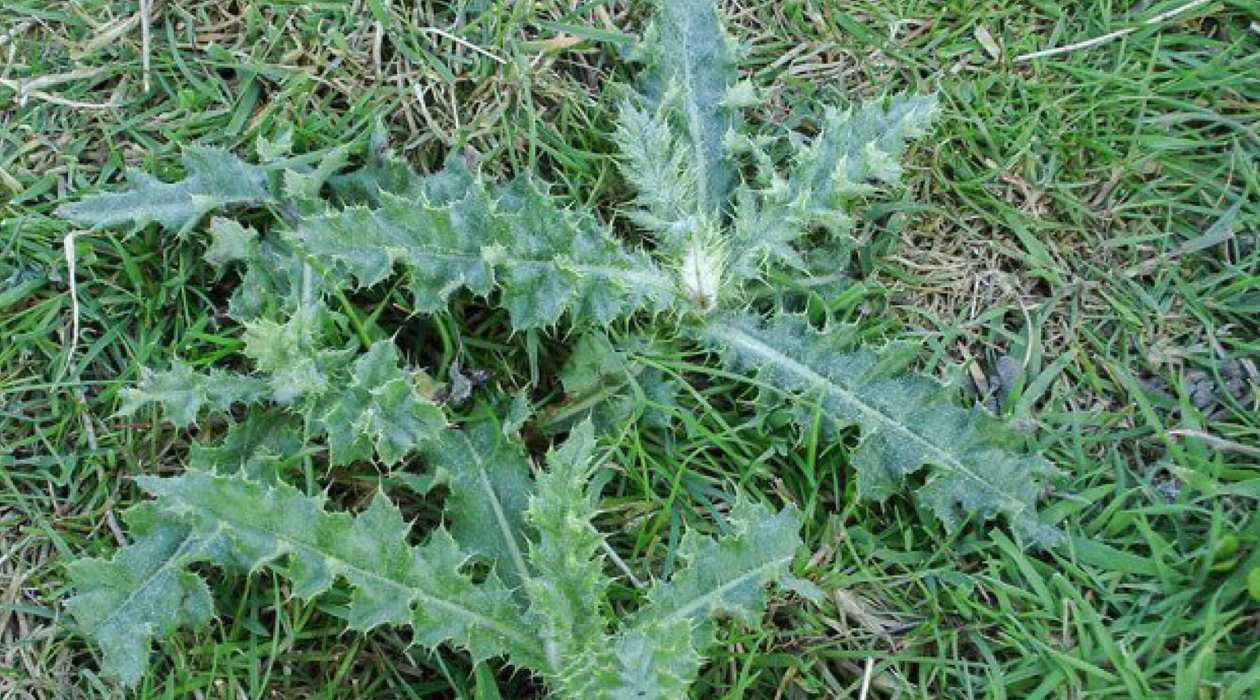
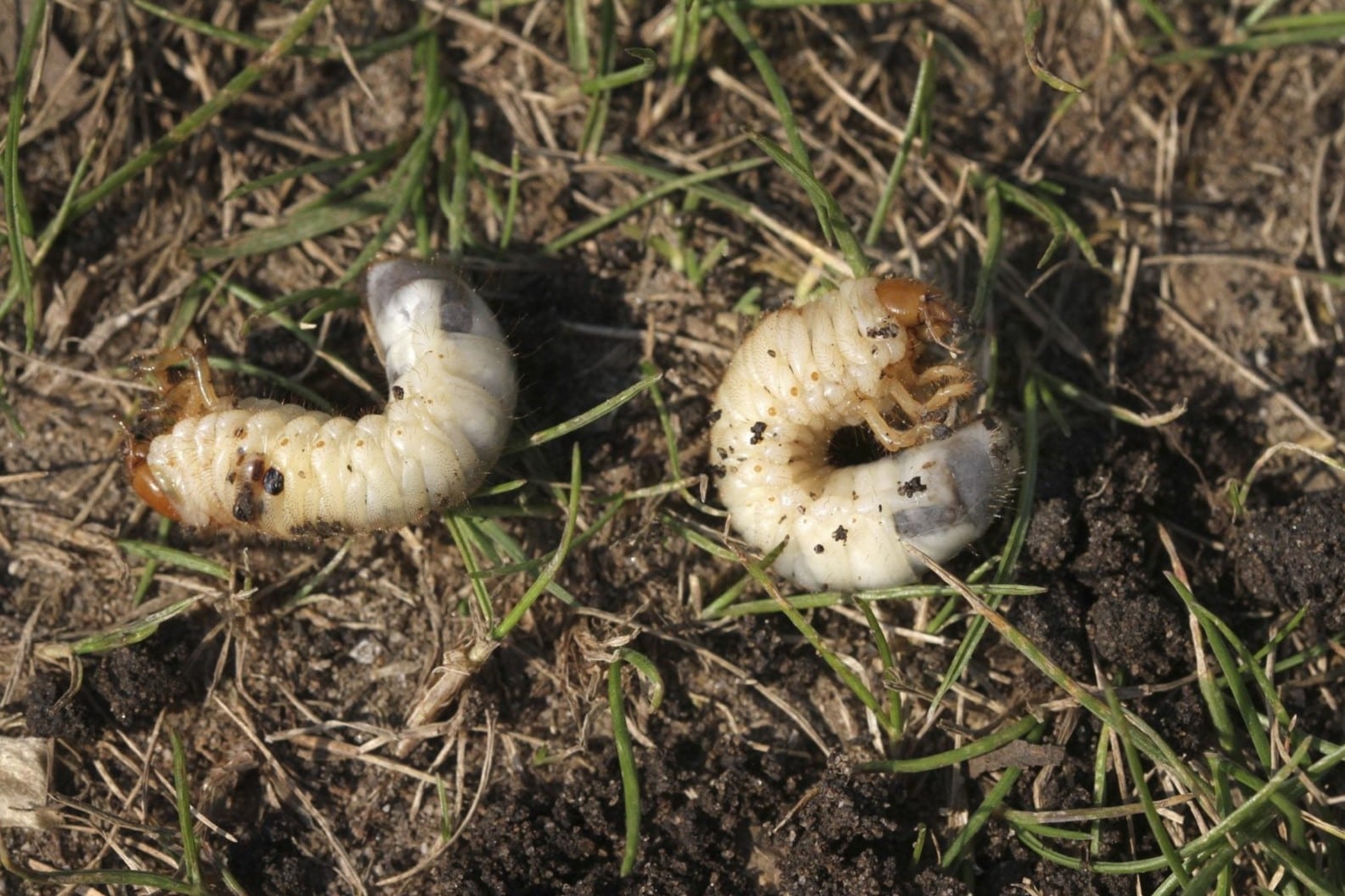
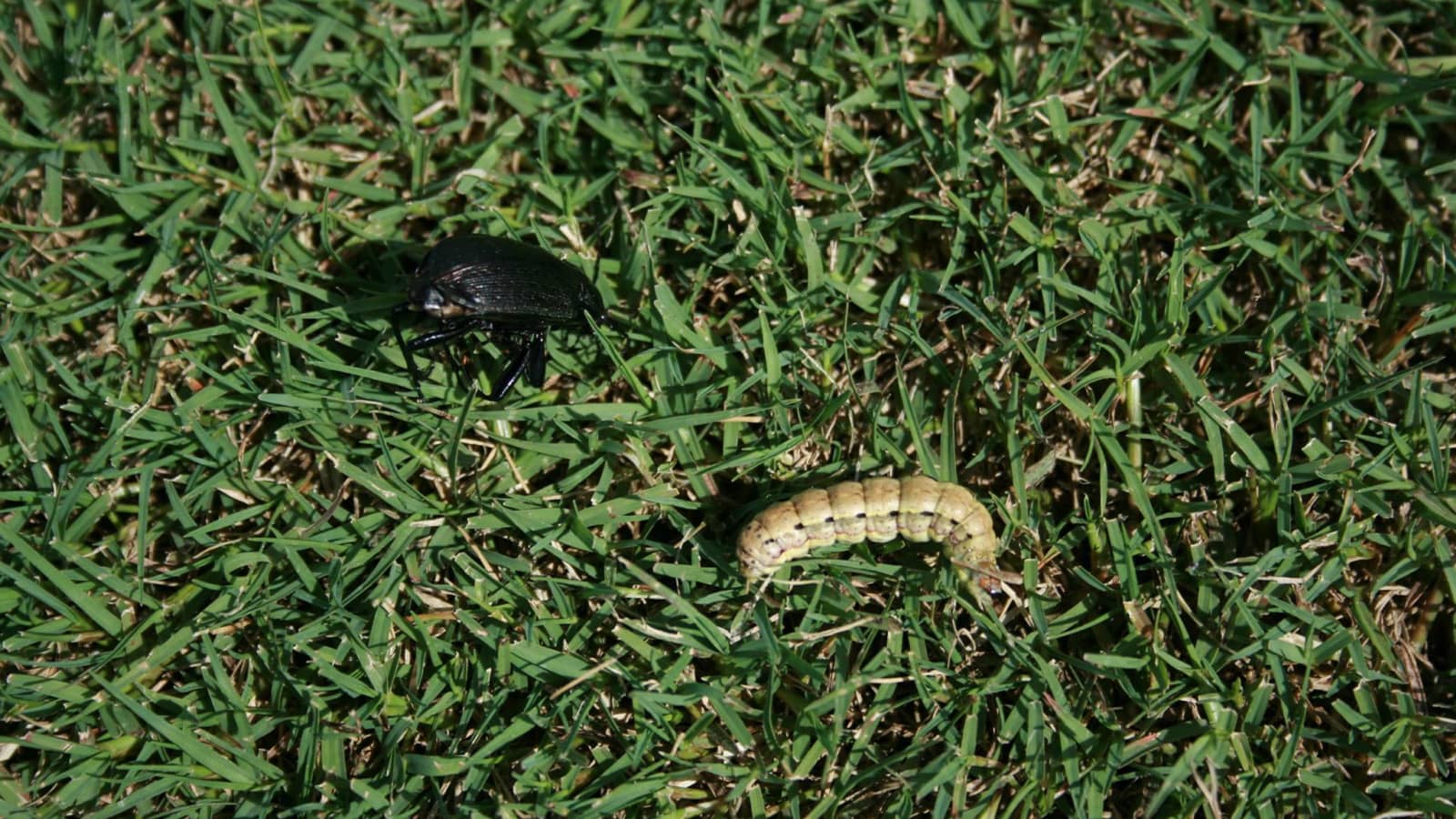
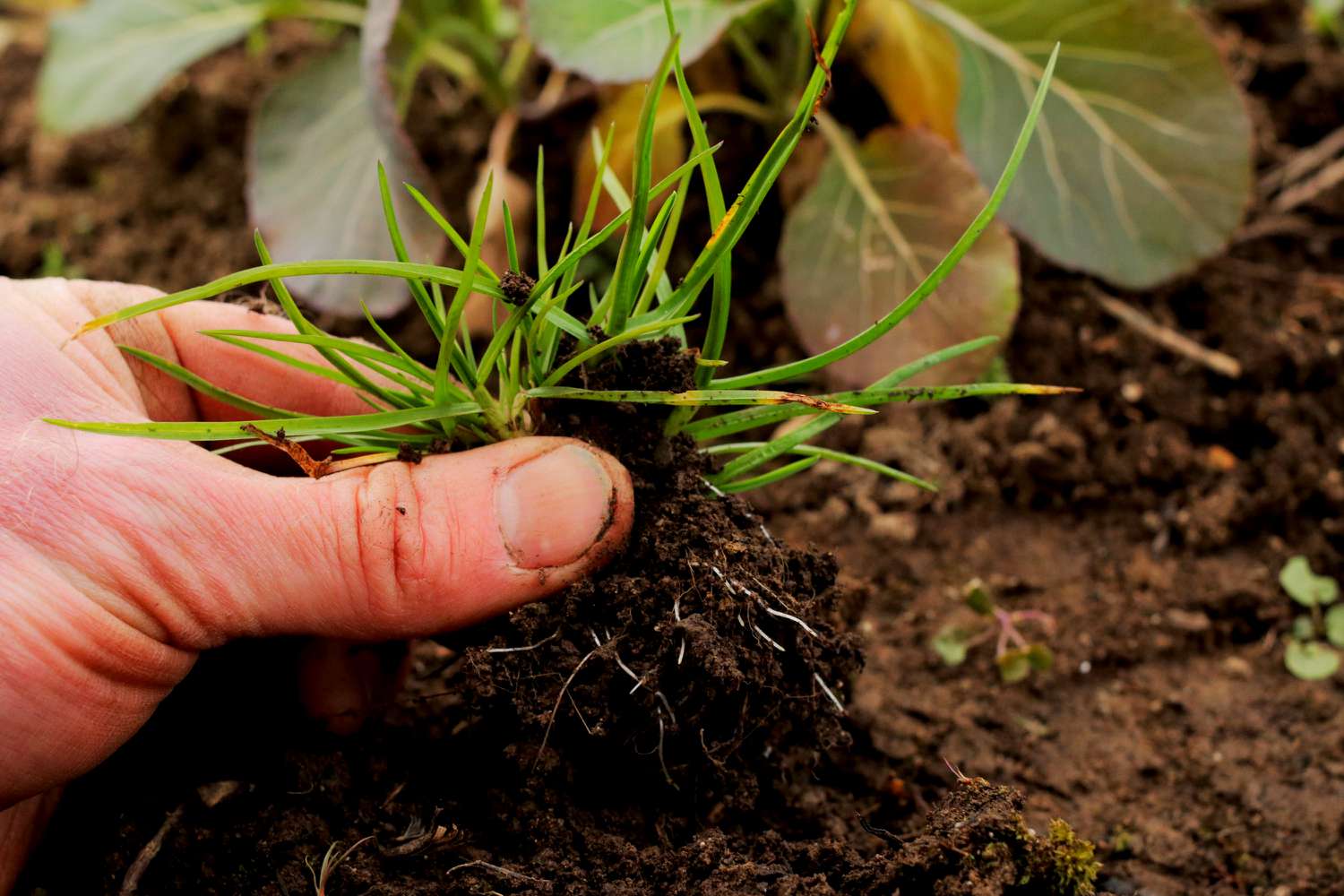
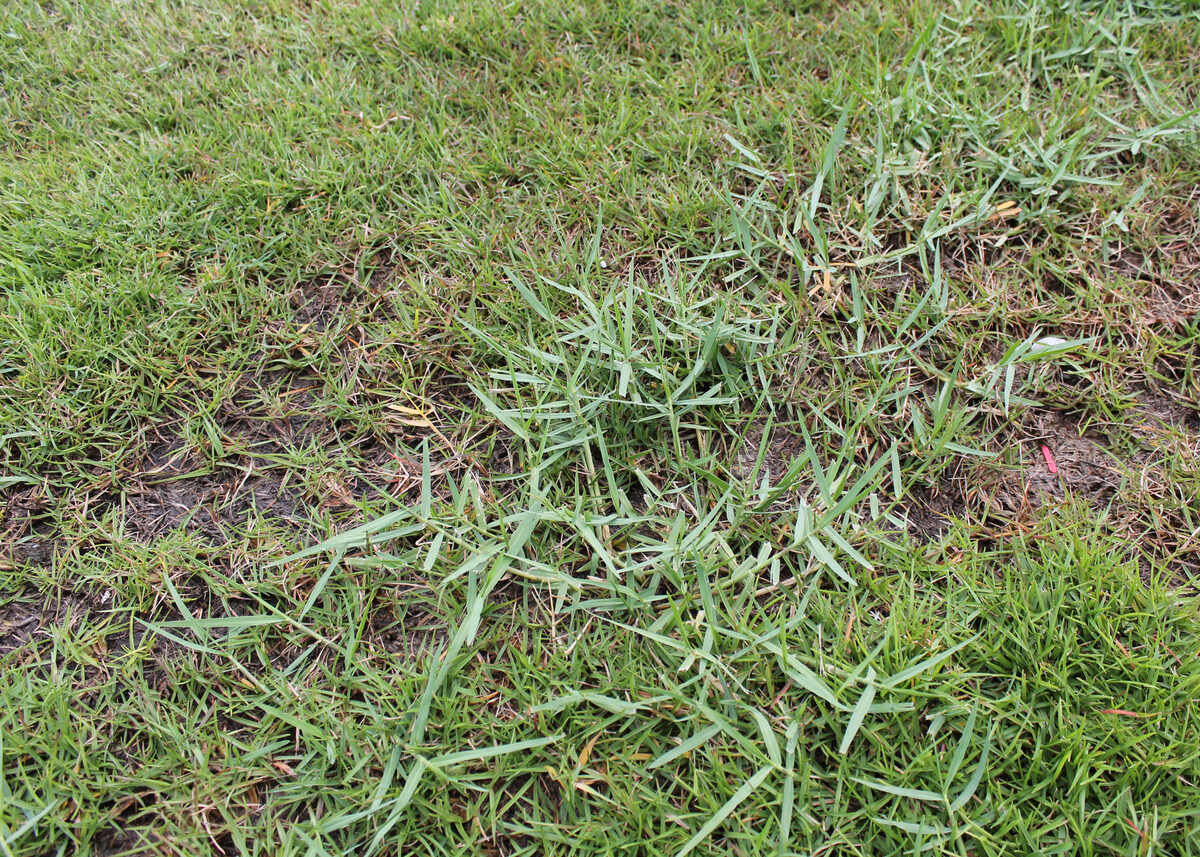
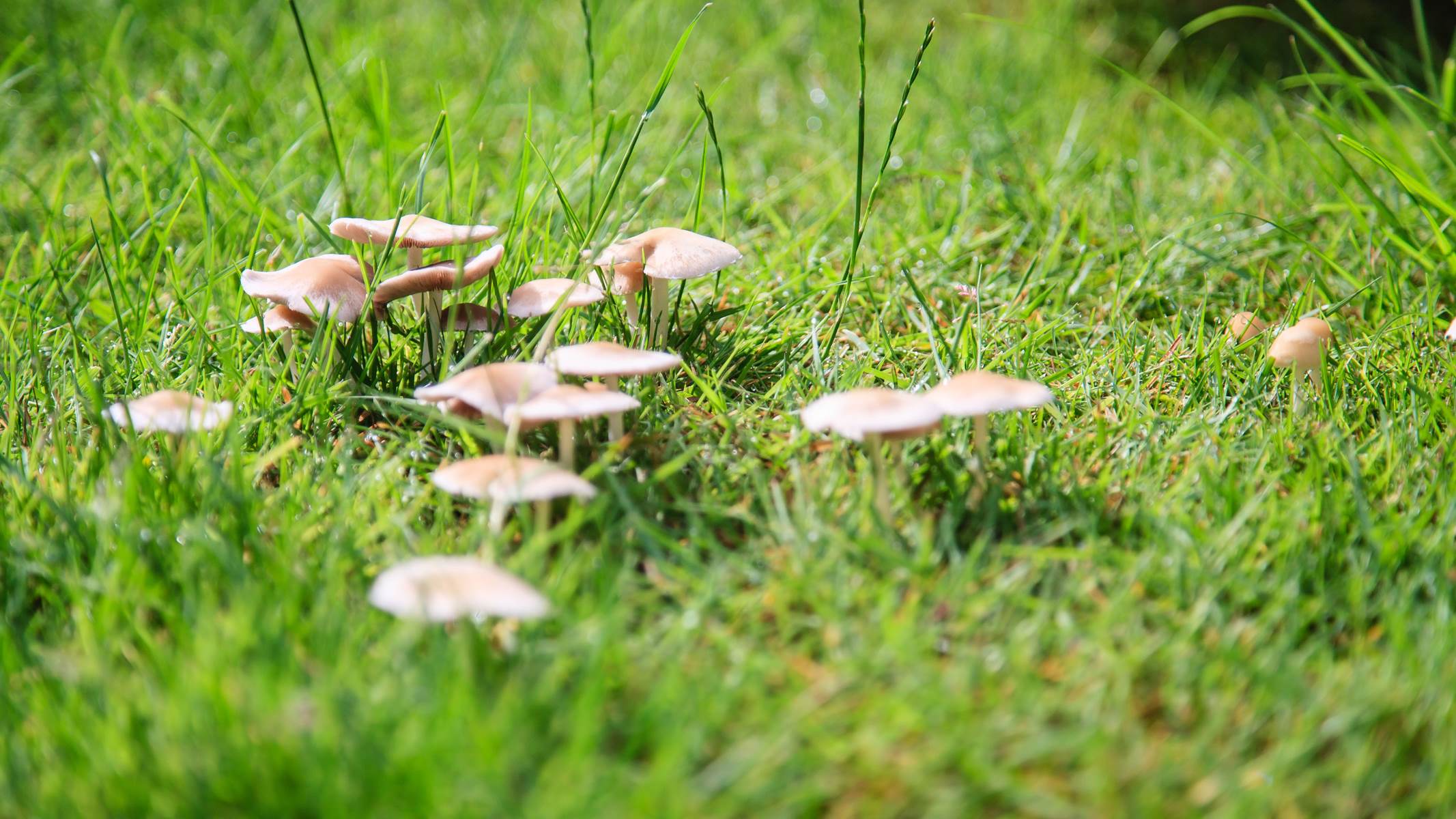
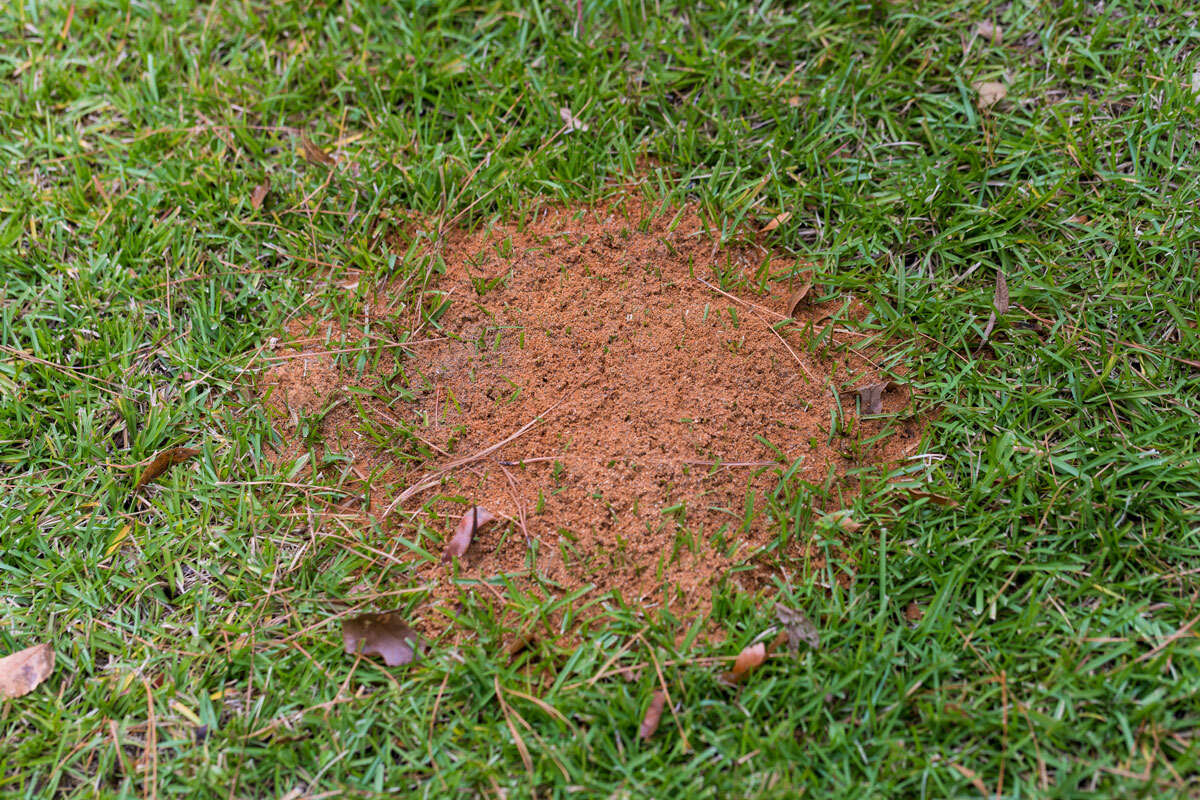
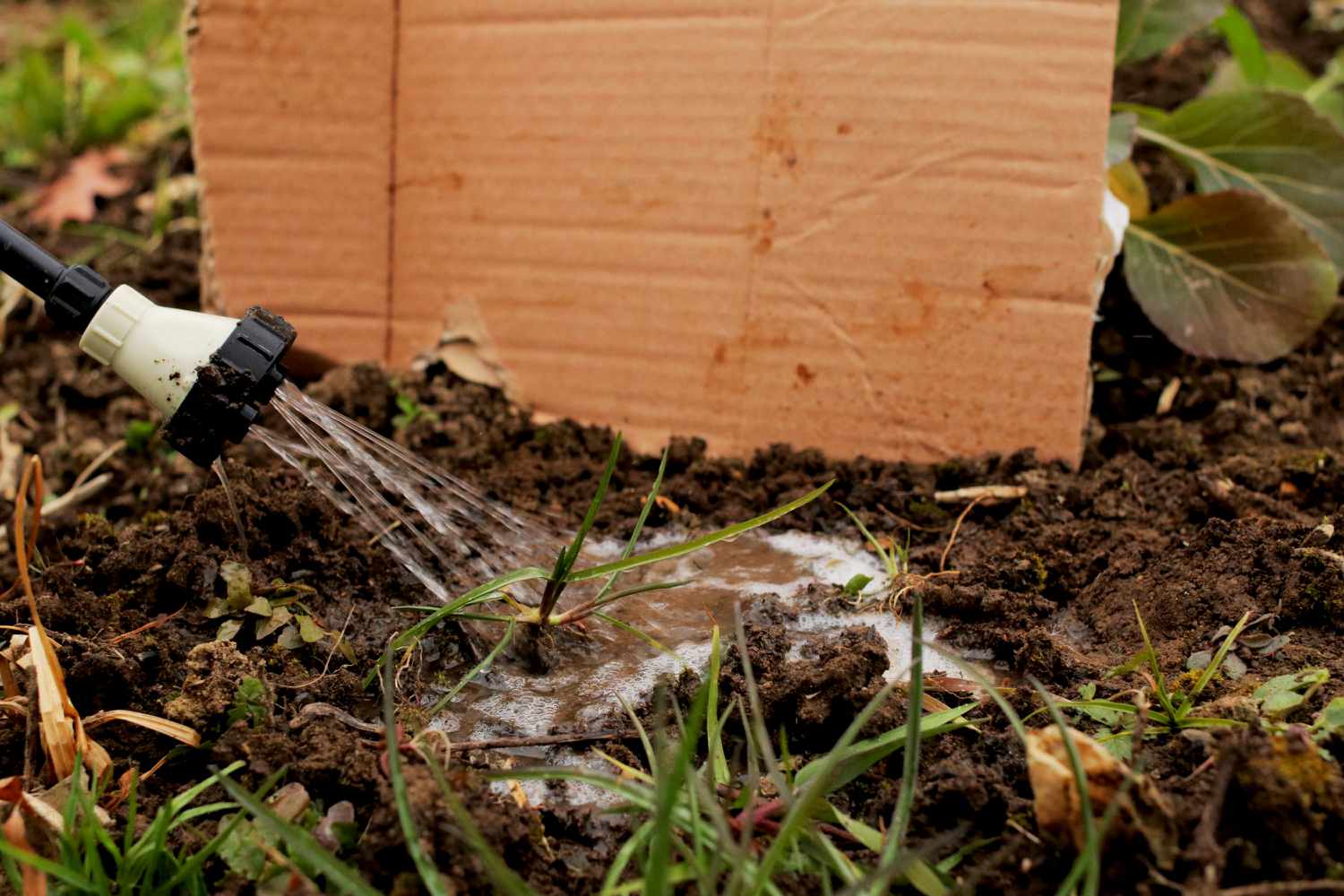
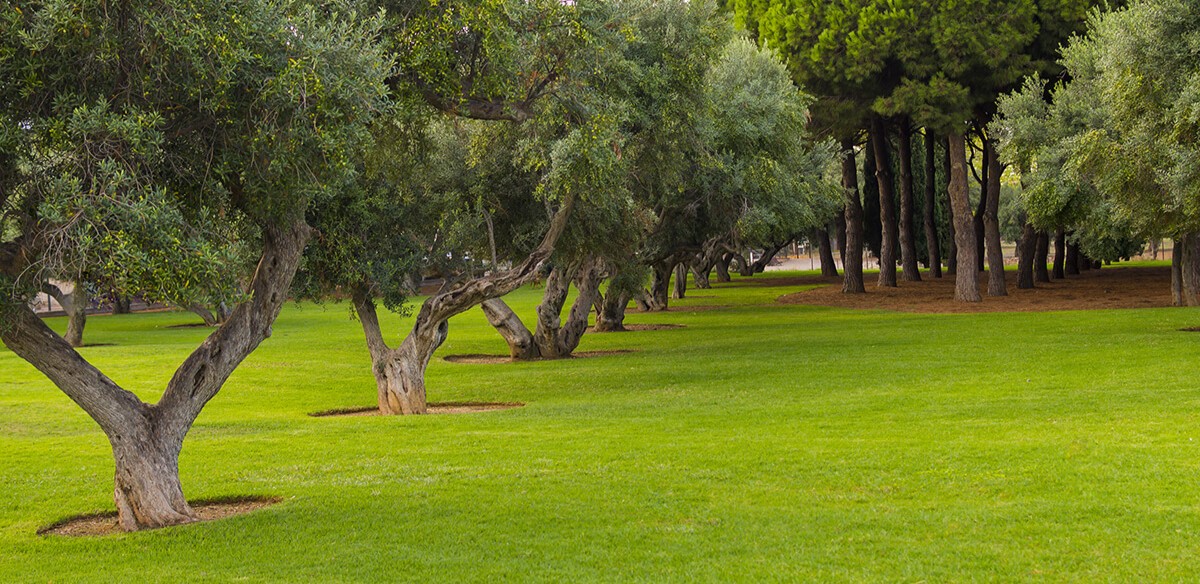
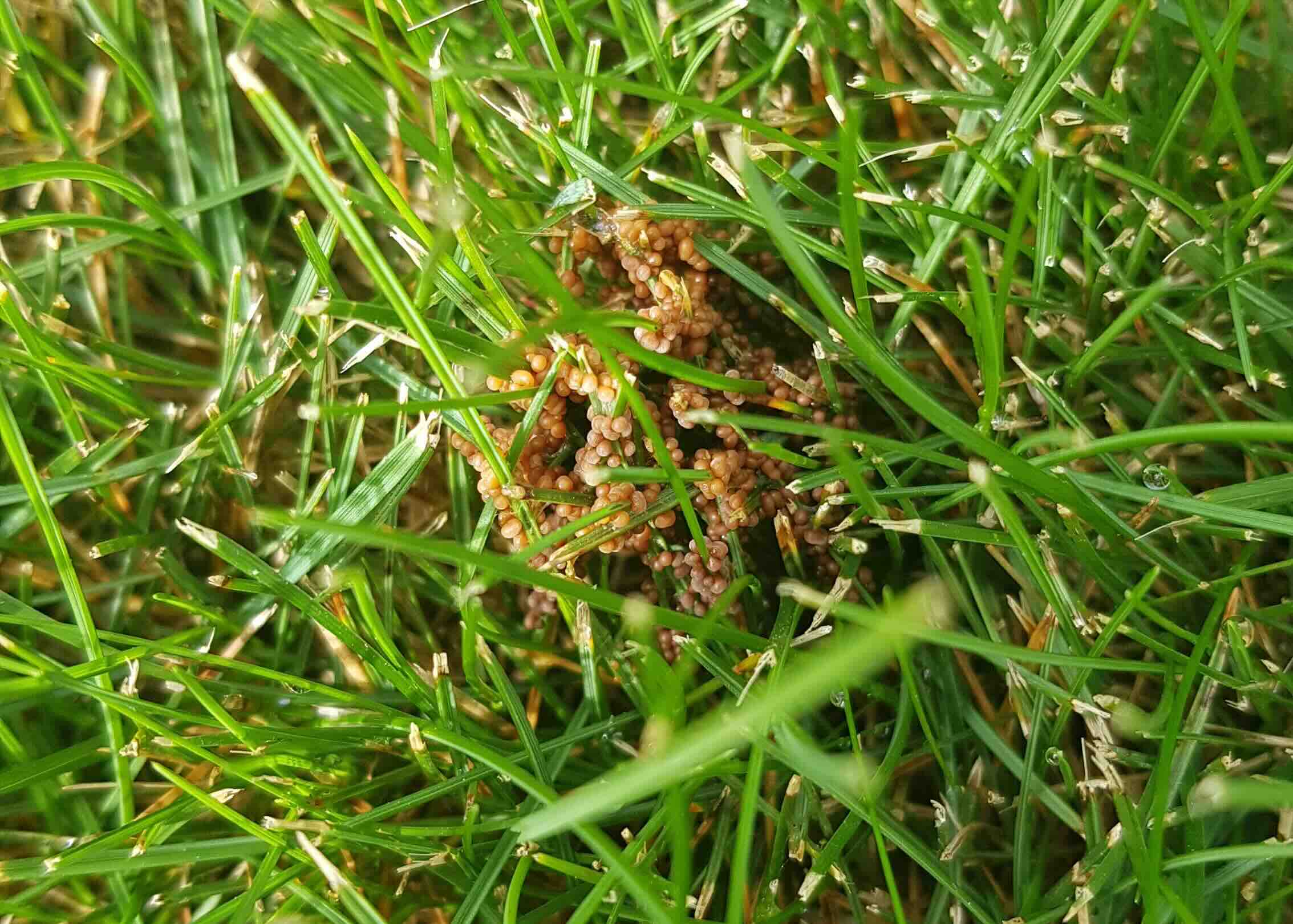
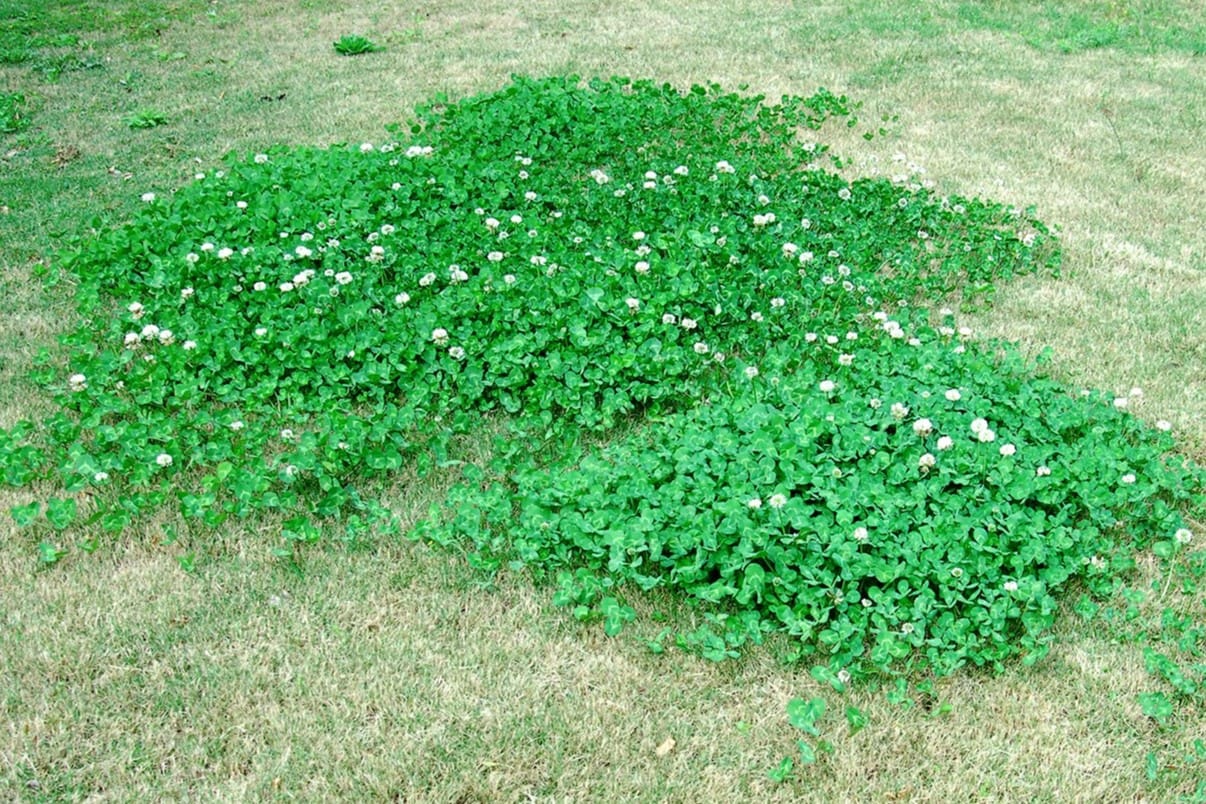
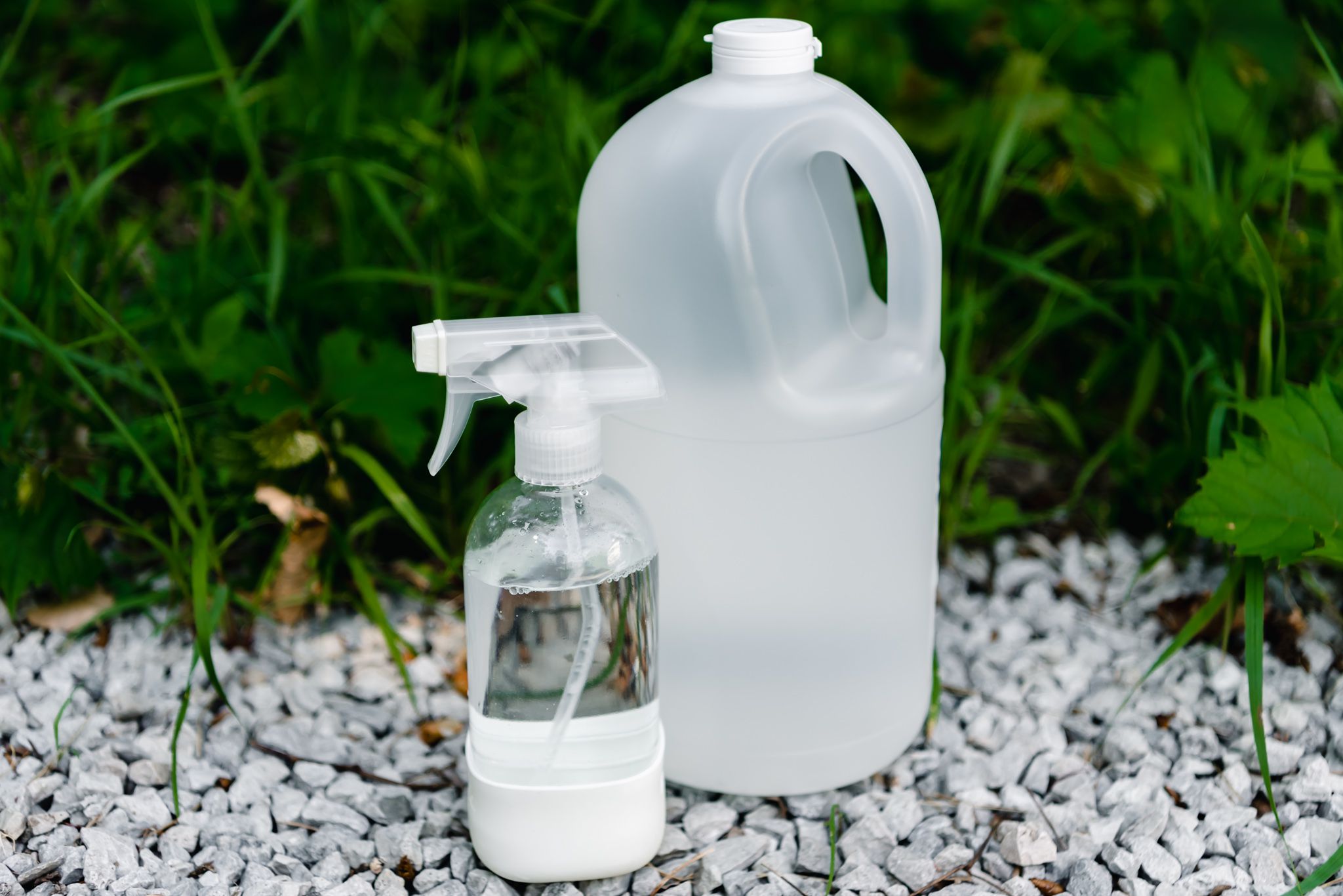
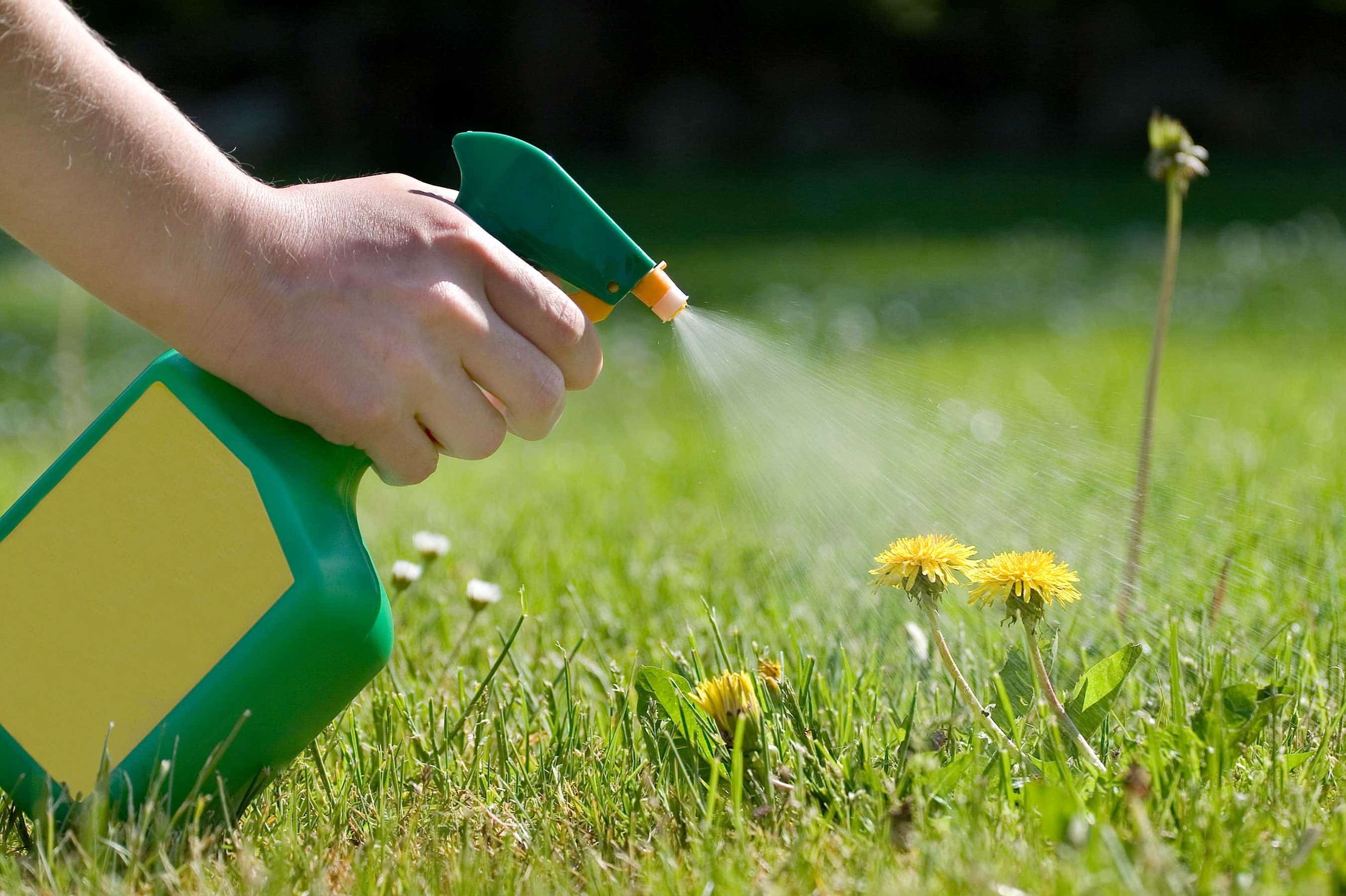
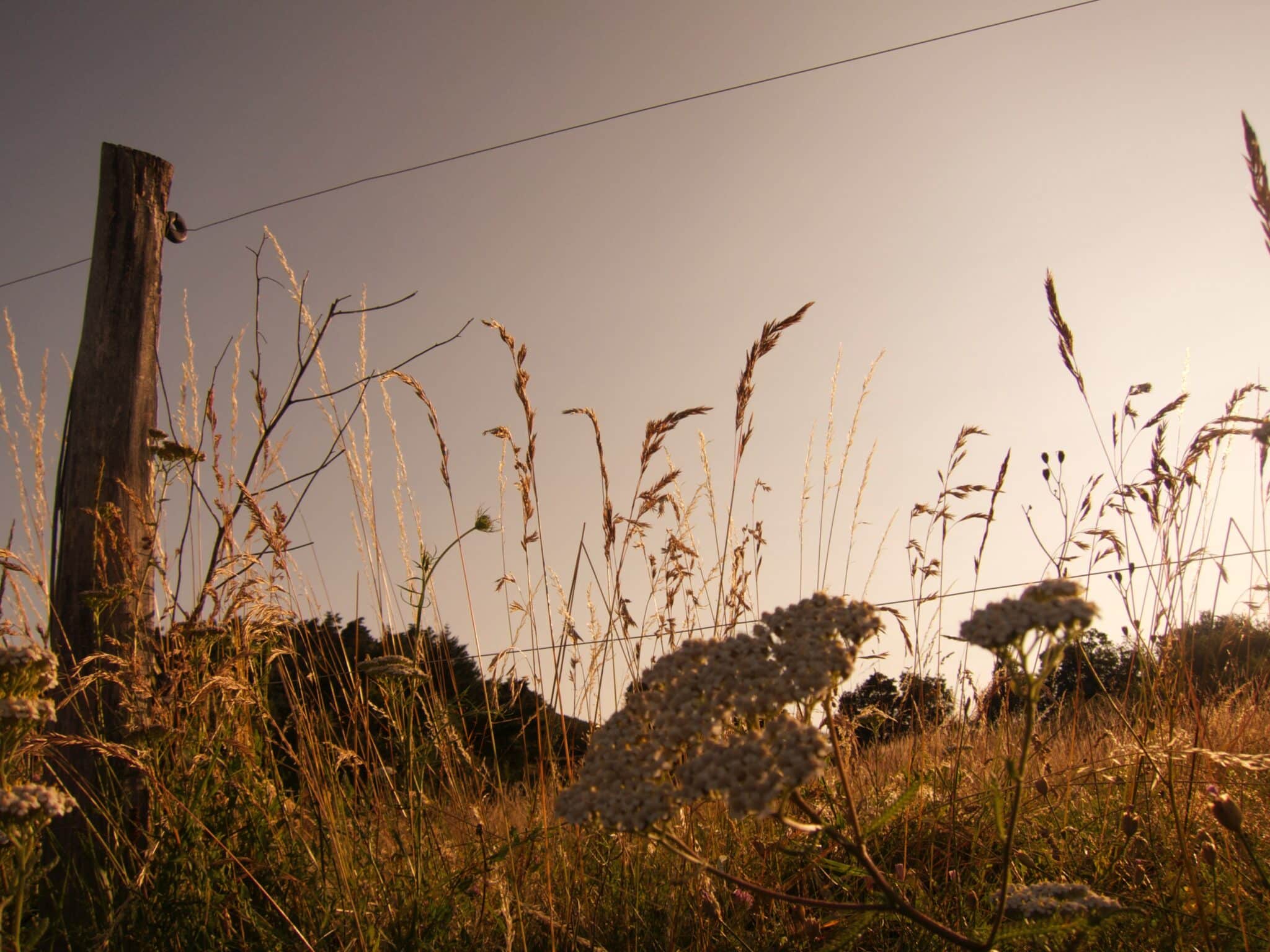

0 thoughts on “What Kills Violets But Not Grass”